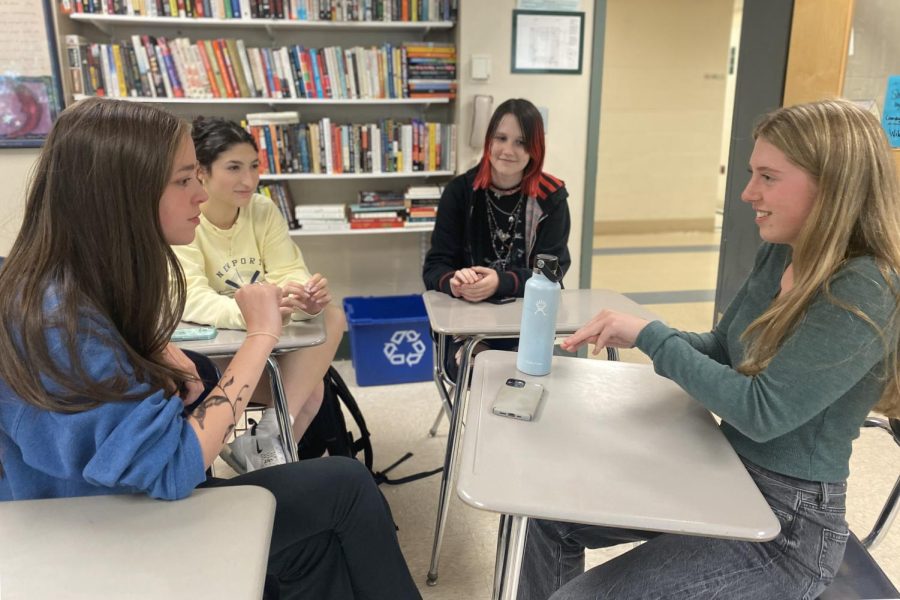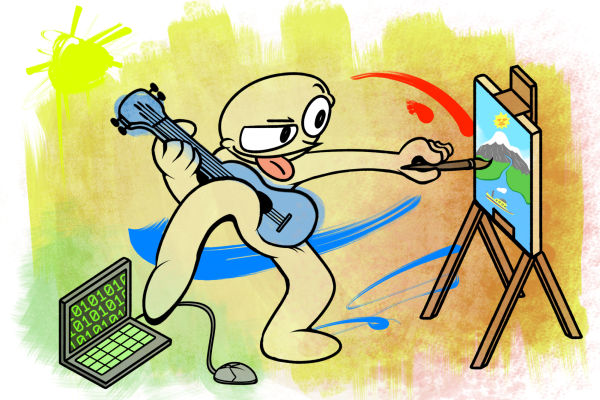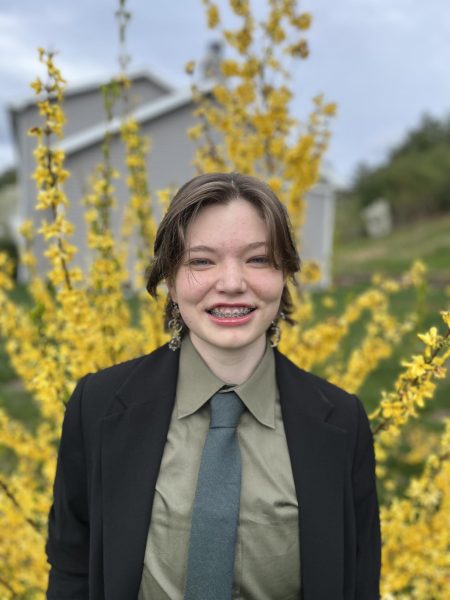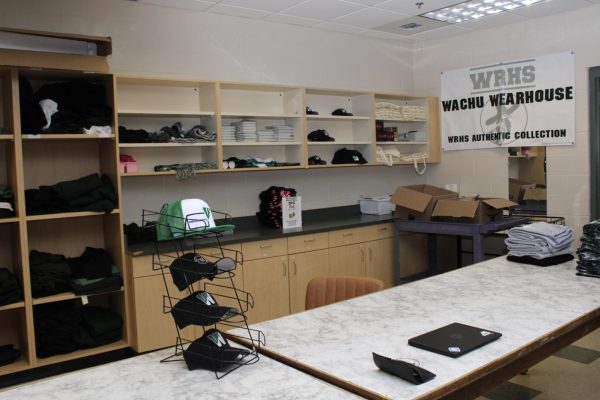New ASL club teaches communication, language
Since Rihanna’s Super Bowl performance in February, sign language has gained popular attention. The American Sign Language (ASL) club provides an engaging opportunity for students to learn sign language and about deaf culture.
The advisor for the ASL club, Linda Sasso, shared the club’s start.
“Before Covid, an Advanced Placement Language and Composition student asked me to help her start ASL as her ‘Save the World’ project,” said Sasso. “Originally, we had an ECC teacher who helped, but she couldn’t continue after the pandemic started.”
Jen LiVigni, parent of junior Aiden LiVigni, now teaches ASL when the club meets on Thursdays in room C206.
“Aiden asked me, since I’m fluent in sign, to come teach this club,” said Jen LiVigni.
LiVigni explained how she learned sign language at the #1 college for deaf people.
“I took some classes at Gallaudet University,” said Livigni. “Having that background definitely helped my understanding of the language.”
Students in the club practice signing with each other before class starts. In the club, students are motivated and engaged in language learning.
“[The ASL club] is mostly led by the students. They’re asking questions and suggesting what they want to learn about,” said junior Verena Welch.
At club meetings, students learn each other’s sign name – a simplified version of their spelled out name usually associated with their features or interests.
“It’s a great group. Everyone is passionate and interested. There’s a place for everyone in the club,” said Welch.
English teacher Kim Reeser, who has attended ASL meetings, admitted her lack of education about the deaf world.
“I know little to none about deaf culture. Unfortunately, if we [hearing people] are not affected by [deafness], we don’t really seek it out,” said Reeser.
Representation of the deaf community has improved across television shows, films, and social media in recent years.
Justina Miles performed accurate translations of singer Rihanna’s lyrics during the Super Bowl Halftime show.
“I saw Rihanna’s sign interpreter during her Super Bowl performance on TV. I loved her!” said Jen LiVigni. “It was amazing to see deafness being less represented as a disability in the media. It brings out the nicer side of human nature.”
Miles became an inspiration to curious WRHS students.
“Her performance was really inspirational. It made me want to actually learn ASL,” said senior Jenna Martin.
Reeser also promotes students increasing their fluency by talking more regularly.
“I believe that it [ASL] should be taught in classes as a foreign language. I guarantee so many students would be interested in learning sign language,” said Reeser.
Senior Jenna Martin agreed.
“I think introducing ASL as a subject can really benefit us as human beings,” said Martin.
Study hall monitor Jenna Pierce said sign language can be a useful alternative to verbal language.
“It [ASL] is another form of communication. I taught some sign language to my children when they were just four months old. And at six months, before they could even talk, they could communicate words like ‘eat’ and ‘drink’,” said Pierce.
Special education administrator Shanna Hauver explained ASL’s versatile uses.
“Students in ‘life skills’ who have communication disabilities use some sign language,” said Hauver. “For non-verbal students, it gives them a voice.”
The ASL club continues to expand and grow to promote inclusivity in the Wachusett community.
“Doing this club helps create space for initiative,” said Reeser. “It’s a great first step.”
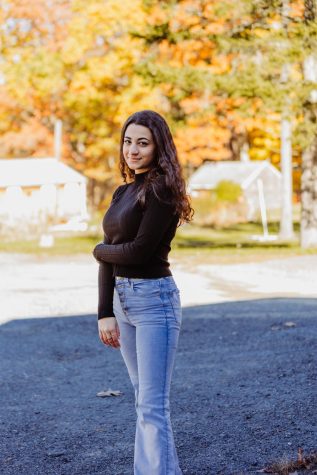
Michelle is a senior staff reporter for the Echo who enjoys spending time with family and friends and traveling.



